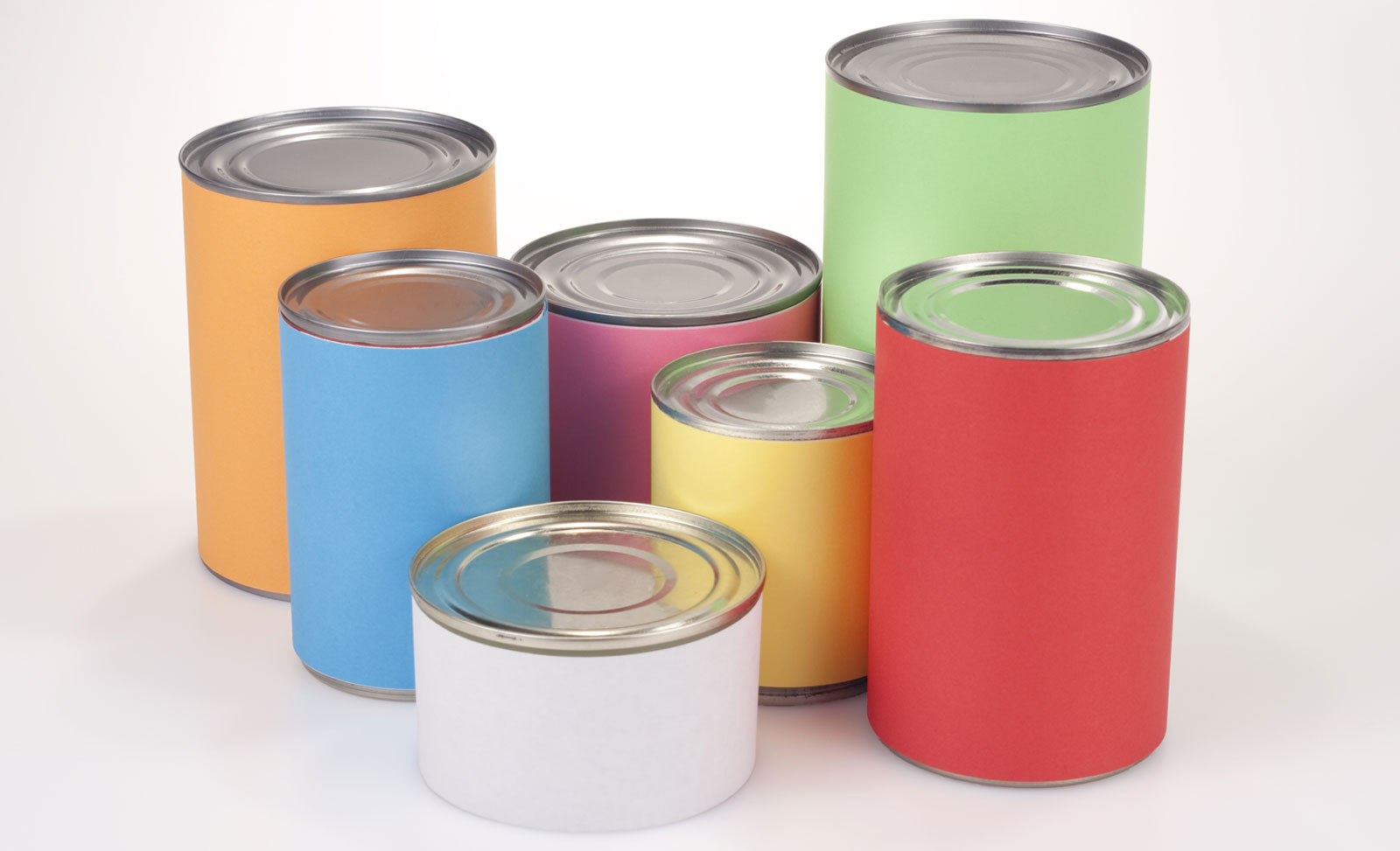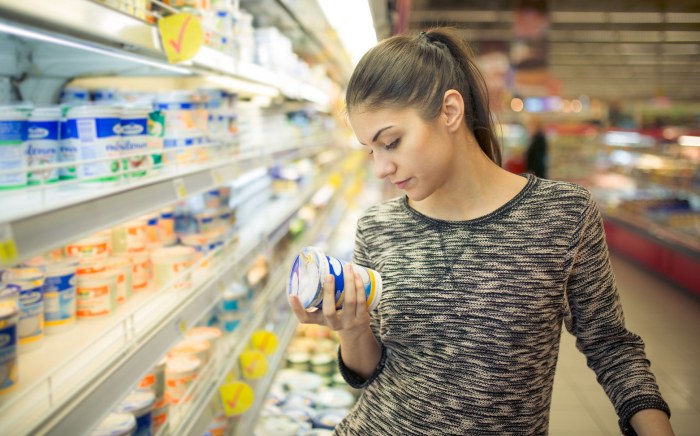I’m hopeless. As a foodie and a strategic planner for a shopper marketing agency a trip to the supermarket is never quick and always full of delight. I’m one of those people that gets lost in the aisles.
I double-back. I triple-back. I rarely buy on price, although sometimes I do when I feel the need for a bargain. I love trying new things. I’m a sucker for tasty samples. And I am a seasoned professional at watching how shoppers behave.
The beauty of supermarkets is that they are so full of diverse experiences, from bountiful fruit to bready aromas, to exotic spices, to the comforting softness of squidgy toilet tissue.
One of my favourite places is the cooking oil aisle. Like many sections, it has blossomed of late with new product development. It has rapidly evolved from a few staples to a fabulous array of Masterchef delights, flavoured infusions, and layers of value.
A lot of cooking oil brands have adopted wine cues such as provenance, single sources, craft extraction processes, evocative Latin imagery and seductive tasting notes. For the pleasure of the chef at home, it has drawn more from the deli than the dairy.
For the shopper, the cooking oil shelf offers a lot, and it also asks a lot. It engages and demands that you look before you buy. It wants you to spend a few moments to think about your food and the flavours you consume. Its path to purchase arrives at a destination that promises deliciousness.
But not the other day.
Standing in front of the cooking oil aisle I looked and looked, but my ‘go-to’ olive oil, my culinary friend of several years, was missing. Disheartened, I began searching for a replacement; of which there were many that met my brief.
Then, just before I was about to substitute, I found it. My old favourite, but in totally new packaging design. It had lost its shape. Its familiar and confident identity had become something strange and flimsy looking. They had changed its choice architecture and removed its helpful matching of variants to food.
The effect was that I had nearly lost my favourite brand in plain sight.
A couple of years ago I experienced another such example. A prominent food manufacturer with a category captain brand of several decades was ringing the alarm bells.
They had been suffering a long slow decline in sales, being chipped away at by new high-value products and undercut by price fighters. Meanwhile, they had under-invested in their cash cow for several years.
In order to turn things around, they spent heavily on new packaging design and advertising to make their brand more attractive. Unfortunately, these major changes were not tested in research. Instead of creating a lift, the brand fell off the sales cliff.
My brief was to help them solve the problem and set them back on track. The first conclusion was that the reason for the long slow decline and the reason for the sharp plummet were different. The long slow decline was the result of under-investment in an active, innovating category. Their strong brand had slipped behind in terms of product innovation and brand salience. It needed re-invigorating not re-inventing.
The reason for the sharp plummet in sales was that the packaging solution created a radical change that – like my olive oil – made the brand invisible on shelf to its loyal buyers. With an effective absence on shelf, shoppers simply substituted with other comparable brands in droves. In my in-store research, I stood in front of the shelf alongside shoppers who literally could not see their preferred brand sitting right in front of them. To rub salt in the wound it emerged that the expensive new packaging design turned out to be a close copy of a similar product in a foreign market.
While there are certainly times when a major makeover is required for a brand, there is a real risk of confusing and losing existing customers with radical change. An incremental approach is often a smarter way to go. The Apple logo story is a perfect example. The original logo was completely hideous and lived a mercifully short life. At that point, it needed a revolution. But once they adopted the bitten apple symbol, a path of managed continuity has kept the market in step with the brand’s evolution over the past 40 years.

The moral of the story is that in trying to give shoppers something new with your brand development, be careful with what you take away.






